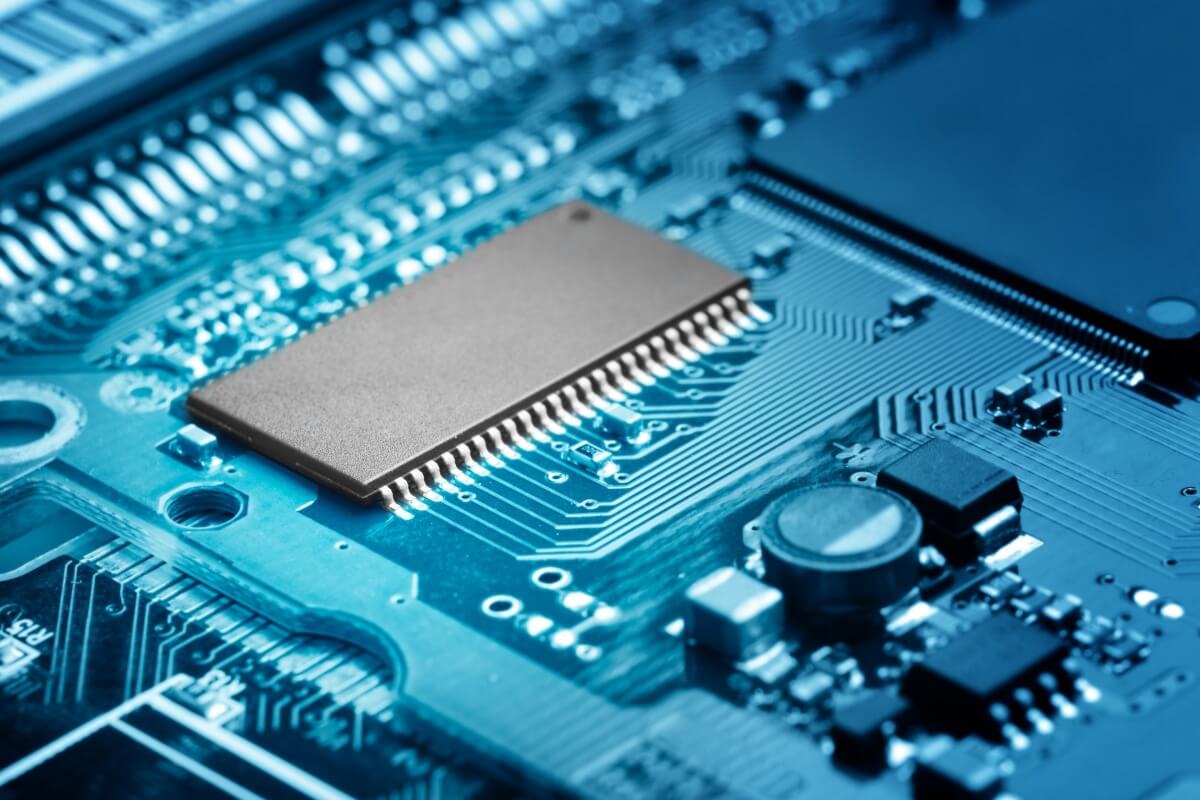- Get link
- X
- Other Apps

Two scientists, Joseph Wang from the University of California at San Diego and Anna Balaz from the University of Pittsburgh, created nanorobots capable of repairing failed electrical circuits. Interestingly, the creation of such nanobots by scientists was inspired by mother nature itself, or rather the features of our (human) circulatory system.
To create robots that would themselves go to the place of the rupture (like platelets in our blood, which immediately begin to move to the wound site to stop the blood and begin the healing process), scientists used the so-called “two-faced particles” (consisting of two or more parts different chemical composition) of gold and platinum and placed them in a solution of hydrogen peroxide. When particles of platinum and hydrogen came into contact, an instantaneous reaction of oxygen release occurred, which essentially propels nanorobots forward as jet fuel. The process directs robots to the desired area where gold particles begin an effective “treatment” of damage in the electrical circuit.

To test their invention, Wang and Balaz used a solution of hydrogen peroxide (containing microscopic robots) on a damaged circuit. The damage problem was tiny (less than 1/10 of the thickness of a human hair) cracks that did not allow the current from the battery to supply power to the LED lamp. As soon as the nanorobots entered into business, the scientists, when they applied power from the battery to the light bulb, found that the circuit was restored and the light bulb was on again.
It is worth considering that scientists (in addition to placing the solution with nanobots) did not directly control nanorobots. Tiny cars actually acted on their own.
The Quartz portal notes that “Wang and Balaz created robots capable of literally“ sensing ”changes in voltage thanks to gold particles and heading to the place of failure. These voltage changes push nanobots to break the chain for repair. ”
Such a breakthrough in automatic repair is unprecedented, since now scientists will look for ways to activate robots based on "natural instincts", and not on the basis of controlling nanorobots with ordinary lines of code. The use of such robots will definitely find its place in computer science.
The article is based on materials .
- Get link
- X
- Other Apps
Comments
Post a Comment